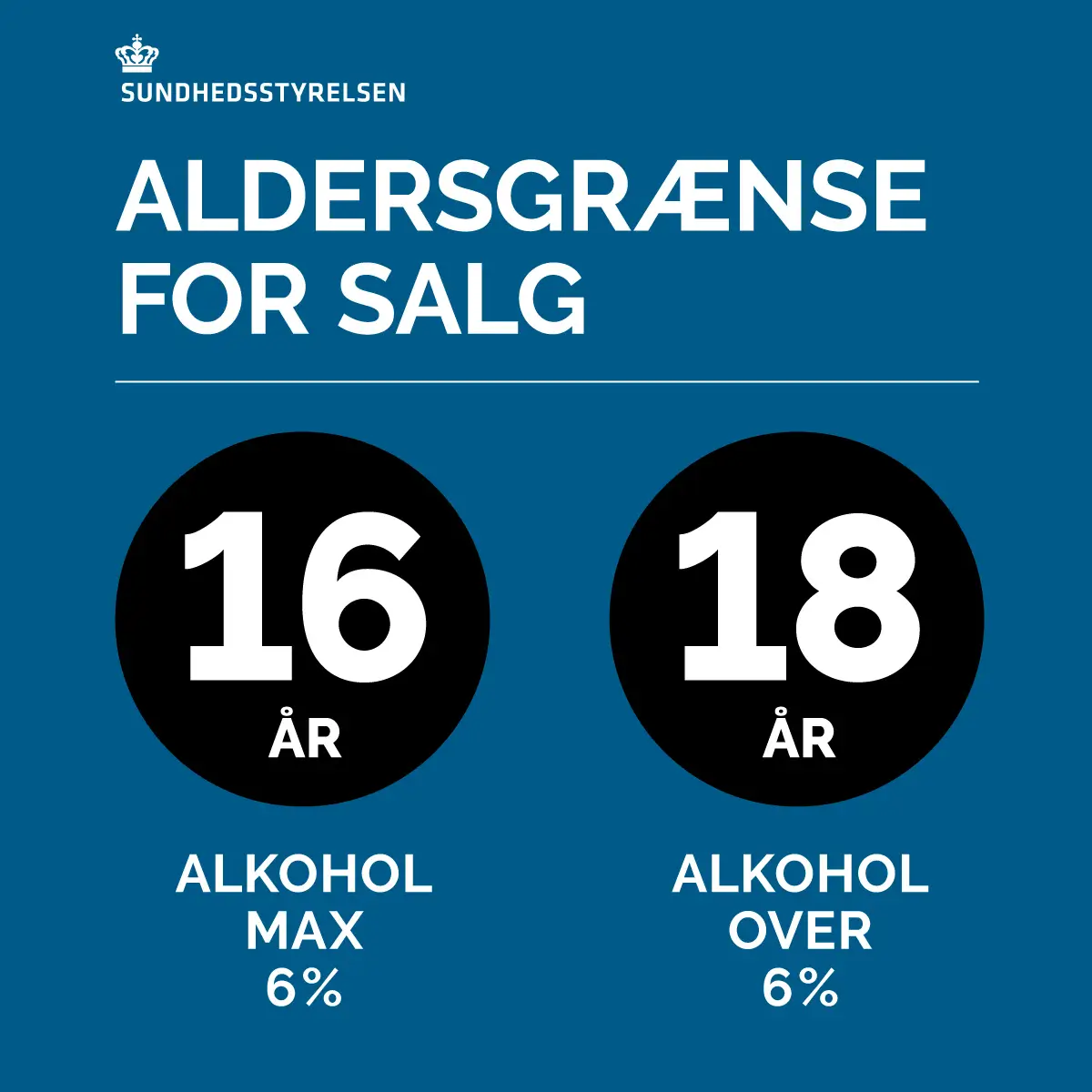In Douro, there are many different grape varieties that can be used for port wine. However, there are some general types that are the most commonly used. The majority of the grape varieties grown in Douro are local, Portuguese varieties that are not found elsewhere. These varieties have been refined over generations to be particularly good for making port wine, as they are optimized for growing in the special climate of the Douro Valley, and at the same time, they produce fresh and fruity wines with great aging potential. Only these local grapes are approved by the Port Wine Institute for inclusion in port wine blends.
On the old vineyards in Douro, you often find a mix of many different grape varieties growing together. This practice was historically done to ensure a good harvest, even if one or more varieties failed that year. New vineyards being planted nowadays often contain only a single variety, as the goal is to better control the profile of the wines being produced. This is best achieved by managing the proportion of each grape variety in the wine.
Read more about the most used grape varieties below.
Green grapes: Arinto, Gouveio, Malvasia Fina, Moscatel, Rabigato, Viosinho
Red grapes: Tinta Roriz, Tinta Barroca, Tinto Cão, Touriga Franca, Touriga Nacional, Tinta Amarela, Souzão, Moscatel Galego Roxo
Grønne druer
Arinto
This is a very versatile grape variety grown in most of Portugal's wine regions. It produces vibrant wines with a lively, refreshing acidity, often with mineral notes. Additionally, there are light flavor notes reminiscent of apple, lime, and lemon.
Wines made from the Arinto grape can age well, while also being delicate when young. Arinto retains its acidity even in warm climates, which is why the grape is often added to blends with other green grapes that have lower acidity. This good acidity also makes the grape suitable for making sparkling wines.
Arinto has medium-sized clusters that are tightly packed with small grapes.
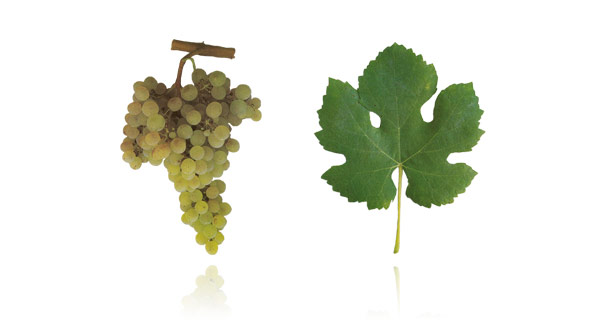
Gouveio
This grape variety was originally most commonly used in Douro but is now used throughout Portugal. For many years, it was known as Verdelho in Douro, but this caused confusion with a Madeira grape of the same name. Today, it is known as Gouveio.
It produces fresh, lively wines with good acidity and plenty of body and structure. The flavor includes fresh citrus aromas, along with notes of peach and a slight hint of anise. It provides wines with good balance, and these wines age well in the bottle and develop over many years.
The grapes ripen relatively early and yield a relatively high amount of medium-sized grapes in tightly packed clusters. The grapes are small and yellow-green. They have a tendency to be affected by powdery mildew (fungal infection) and are vulnerable to rain during harvest season.
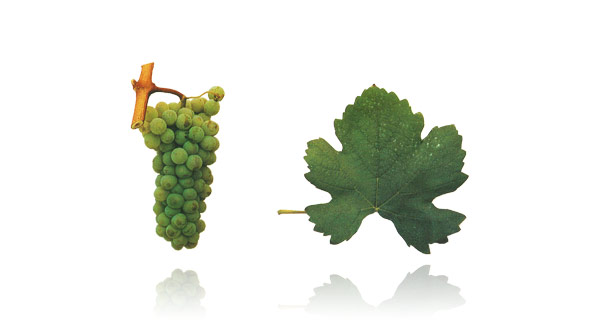
Malvasia Fina
This grape variety thrives best in the inner northern part of Portugal, especially in the Douro region.
Wines made from Malvasia Fina grapes are fine and subtle wines, not particularly intense. They are reasonably fresh with moderate complexity. In the flavor, one can find hints of molasses, notes of beeswax, and nutmeg. The wines can sometimes appear slightly smoky, even though they have not been aged in oak barrels. The grape is mostly used in blends with other grape varieties. It is often used as a base for sparkling wines from cooler areas or as a contribution to grape blends harvested early.
On the vineyards, Malvasia Fina is quite sensitive to powdery mildew (fungal infection) and moderately prone to grape set and coulure (underdevelopment of the grapes). As a result, its yield is extremely variable and inconsistent.
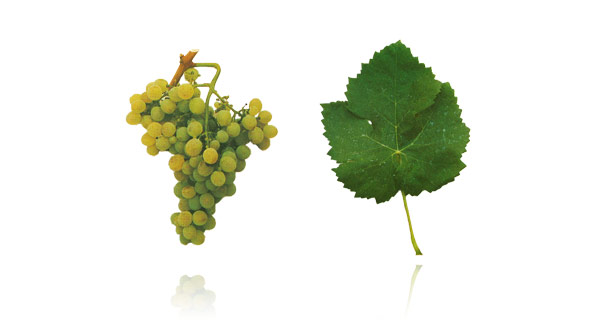
Moscatel
This grape variety originates from the eastern Mediterranean region and was introduced to the Iberian Peninsula by the Romans. It has a very distinct aroma that is easy to recognize - fresh grapes, raisins, lemons, lychee, pear, and lime flowers. The grapes have a good, fresh acidity. Moscatel grapes are quite versatile and can produce light summer wines, dry wines, but are probably most known for making sweet wines. It is often also used to produce fortified wines, such as port wine or Moscatel de Setúbal, where the wines acquire notes of orange peel, honey, spices, iodine, orange blossoms, and acacia.
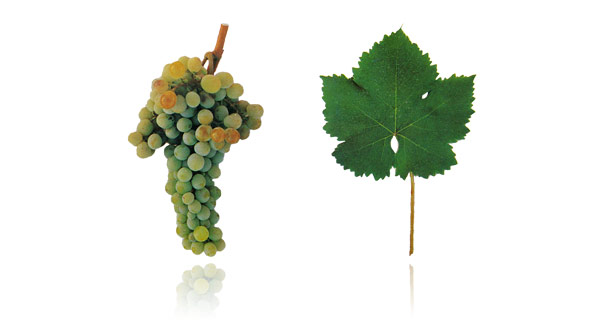
Rabigato
Rabigato is widely planted in the Douro Superior region and is one of the best white grapes in Douro. It contributes a bright, refreshing acidity to blends with other green grape varieties. It is very rarely used for single-varietal wines. Its aroma evokes hints of acacia and orange blossoms. In taste, one finds vegetal notes and a strong mineral character. The grape produces full-bodied wines with good balance and acidity structure.
The clusters are medium-sized, and the grapes are small and yellow-green in color.
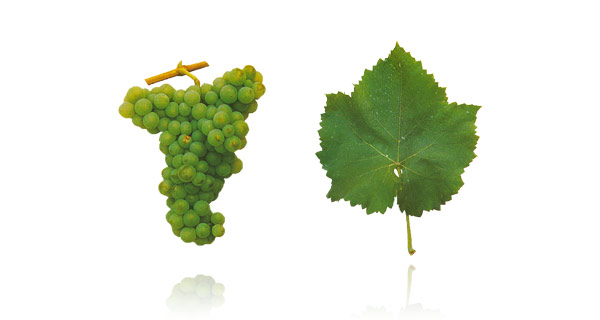
Viosinho
This grape variety is almost exclusively found in the northeastern part of Portugal. It is almost entirely scattered here and there in the old mixed vineyards of Douro. Traditionally, Viosinho has been quite unpopular among local farmers because it does not produce a particularly high yield, which is why it is not found in large quantities. It is only recently that many winemakers have realized that this is one of the hidden treasures and important components of the old Ports and other white Douro blends. It produces full-bodied yet fresh wines with a pleasant aroma. The wines are well-balanced and complex.
Viosinho yields best in warm, sunny climates and is not particularly susceptible to powdery mildew or noble rot (fungal infections).
The clusters and grapes are relatively small, and they ripen early.
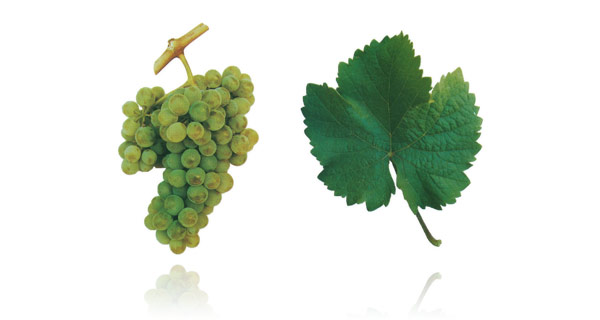
Røde druer
Tinta Roriz
This is one of the only grape varieties that is appreciated both in Portugal and Spain. In Portugal, the variety is known by two different names: Aragonês and Tinta Roriz, with the latter being used in Douro. In Spain, the variety is known as Tempranillo.
In recent years, many have discovered this grape variety, and it has been widely planted in various wine regions of Portugal. It produces vibrant red wines that are rich in flavors of berries and spices. It combines elegance with robustness.
The grapes ripen early, and the vines are healthy and productive. It can adapt to many different climates and soil types, but prefers warm, dry climates with sandy, clay, or calcareous soils. Tinta Roriz is often used in blends with various other grape varieties, typically Touriga Nacional and Touriga Franca.
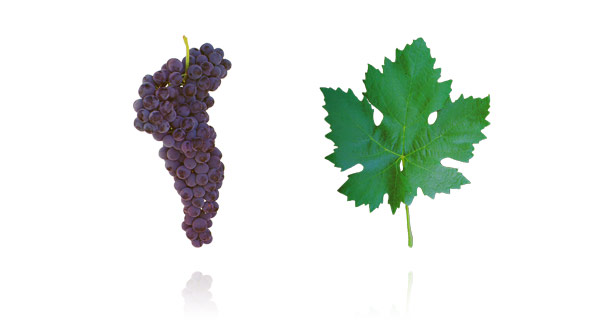
Tinta Barroca
Tinta Barroca is one of the most commonly planted grapevines in Douro and one of the five grape varieties officially recommended for the production of port wine. This grape is rarely found as a single-variety wine, but it is included in most blends from Douro, where it contributes dark color without too many tannins. This is because the grape skins are very dark in color but quite thin. In terms of flavor, one often finds plum and cherry notes.
Despite the grape variety's high yield, the grapes are still rich in sugar, and therefore potentially high in alcohol. It is a reliable producer and has good resistance to various diseases. However, the variety struggles with very high heat or too much water, which can cause the grapes to become overripe and turn into raisins on the vine.
Tinta Barroca vines have been exported to South Africa, where they are used as a component in wines made as port wine and a variety of other table wines.
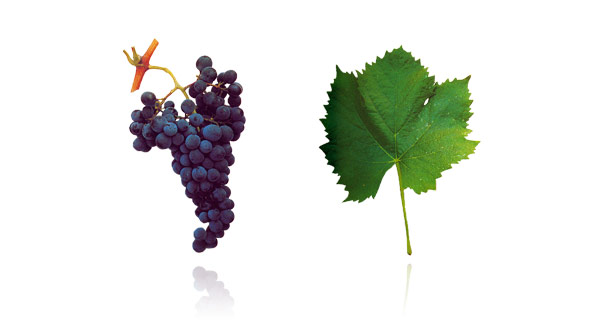
Tinto Cão
In Douro, this grape variety has been planted since the 18th century and is now one of the five grapes officially recommended for the production of port wine. The wines are floral, dense in structure, and can age for many years. Its quality is evident in its perfect balance between tannins, acidity, and sugar, along with its beautiful dark color. It is often included in blends with Touriga Nacional and Tinta Roriz, but also with many others.
The grapes have thick skins, which give the wines a beautiful color and a good amount of tannins. The thick skins also serve as protection against mildew and rot. However, this grape variety is often economically unprofitable because the vines produce an incredibly low yield, which means that it is likely this grape variety will eventually become extinct.
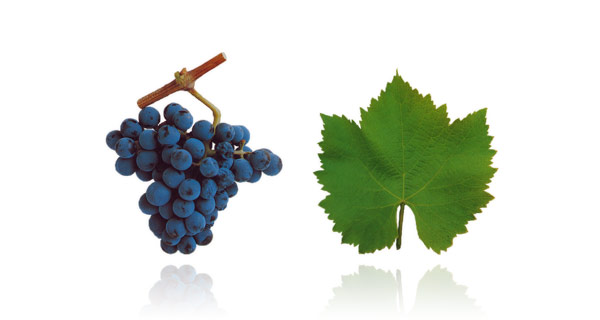
Touriga Franca
This is one of the structural cornerstones in red Douro blends, and it is also one of the five grapes officially recommended for the production of port wine. It is the most widespread grape variety in Douro, and is currently planted on about one-fifth of the total vineyard area. Today, it is also generally widespread in the northern part of Portugal.
Touriga Franca produces deeply colored, dense, yet elegant wines with abundant notes of blackberry and other floral notes such as roses, sunflowers, and wildflowers. The wines have tight, yet still velvety tannins, contributing to great aging potential in the wines. Touriga Franca is often used in blends with Tinta Roriz and Touriga Nacional.
In addition to the quality of its wines, the grape variety is also popular in the vineyards due to its resistance to diseases and the reliably good yield of healthy grapes.
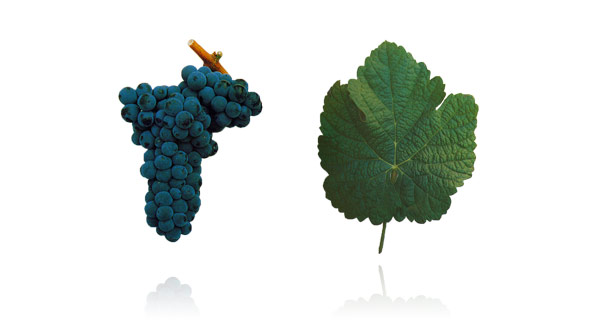
Touriga Nacional
Few would oppose the idea that Touriga Nacional is Portugal's finest red grape variety, deserving a place at the top of the world's best grapes, alongside varieties like Pinot Noir, Cabernet Sauvignon, and Nebbiolo. Its origin is in northern Portugal, but today it is widely grown throughout the country, competing with other local grape varieties. Even on the Azores, this grape variety is used extensively, and winemakers around the world are starting to recognize its potential.
Touriga Nacional grapes have thick skins, rich in color and tannins. This gives the wines an excellent structure and great aging potential. It also offers wonderful, intense flavors that are both floral and fruity. One can find ripe blackcurrants, raspberries, and complex notes of herbs and licorice in its wines. The yield is never particularly high.
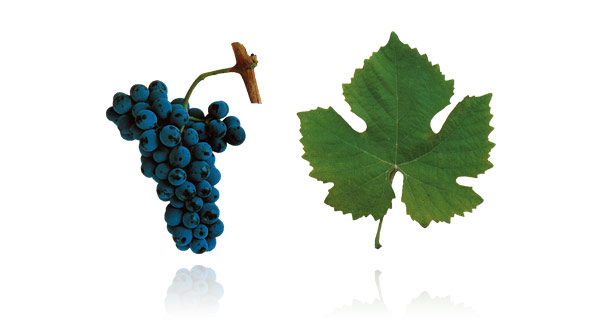
Tinta Amerela
Rich in color, with good acidity and rarely excessive alcohol, this grape variety produces wines of excellent quality. The best wine quality is achieved when the grapes are harvested fully ripe, but since it ripens late, it does not always reach full maturity. When properly ripened, it has energetic notes of raspberries, balanced by herbal notes, pepper, spices, and floral complexity. It yields wines with great aging potential. If the grapes don't fully ripen, they taste herbaceous.
It is a difficult vine to grow, as it produces a lot of foliage and constantly requires pruning to avoid under-ripe grapes. The yield is generally quite high but unreliable. The vines are quite sensitive to root diseases and other vine illnesses. For this reason, it grows best in warm, dry areas.
This grape variety is known as Tinta Amarela among winemakers in Douro and as Trincadeira in Alentejo (another Portuguese wine region).
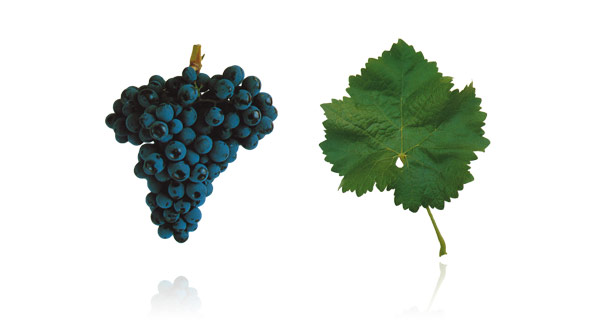
Souzão
This grape variety is best known for its biting acidity and dark, opaque color. Unlike most red grape varieties, where all the color comes from the skin, Souzão also has red flesh, which gives red juice immediately, and this juice becomes even darker when the skins are left to macerate in the must. This is a major advantage in the production of port wine, where color needs to be extracted quickly before the skins are separated from the must.
The grape variety originates from the Vinho Verde/Minho region, where it is known as Vinhão, and later migrated to Douro, where it is called Souzão. Today, it is relatively widespread in Portugal.
The grape is mostly used for its coloring properties, rather than its less interesting or prominent flavor notes. It is one of the grape varieties in Portugal with the greatest coloring potential.
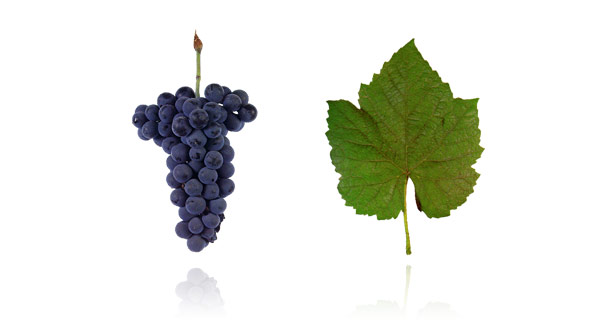
Moscatel Galego Roxo
This grape variety started as a natural genetic mutation of the green Moscatel Galego and originates from the Setúbal Peninsula. It is most commonly used for fortified wines like Moscatel de Setúbal.
The grapes have complex aromas and flavor nuances. Compared to Moscatel Galego, the clusters and grapes are smaller and have an exotic pink-rose color, unlike the usual yellow-green.
Fortified wines, such as port wine, made from Moscatel Galego Roxo are relatively sweet and very aromatic with a very long aftertaste.
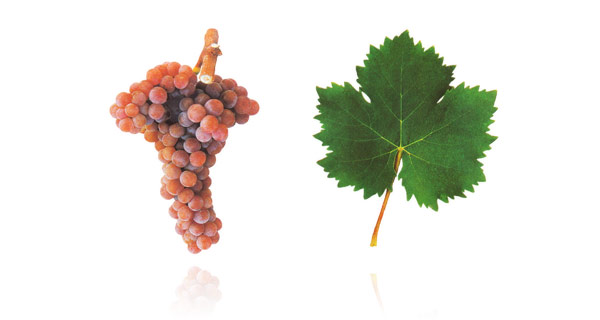
Source: Wines of Portugal


